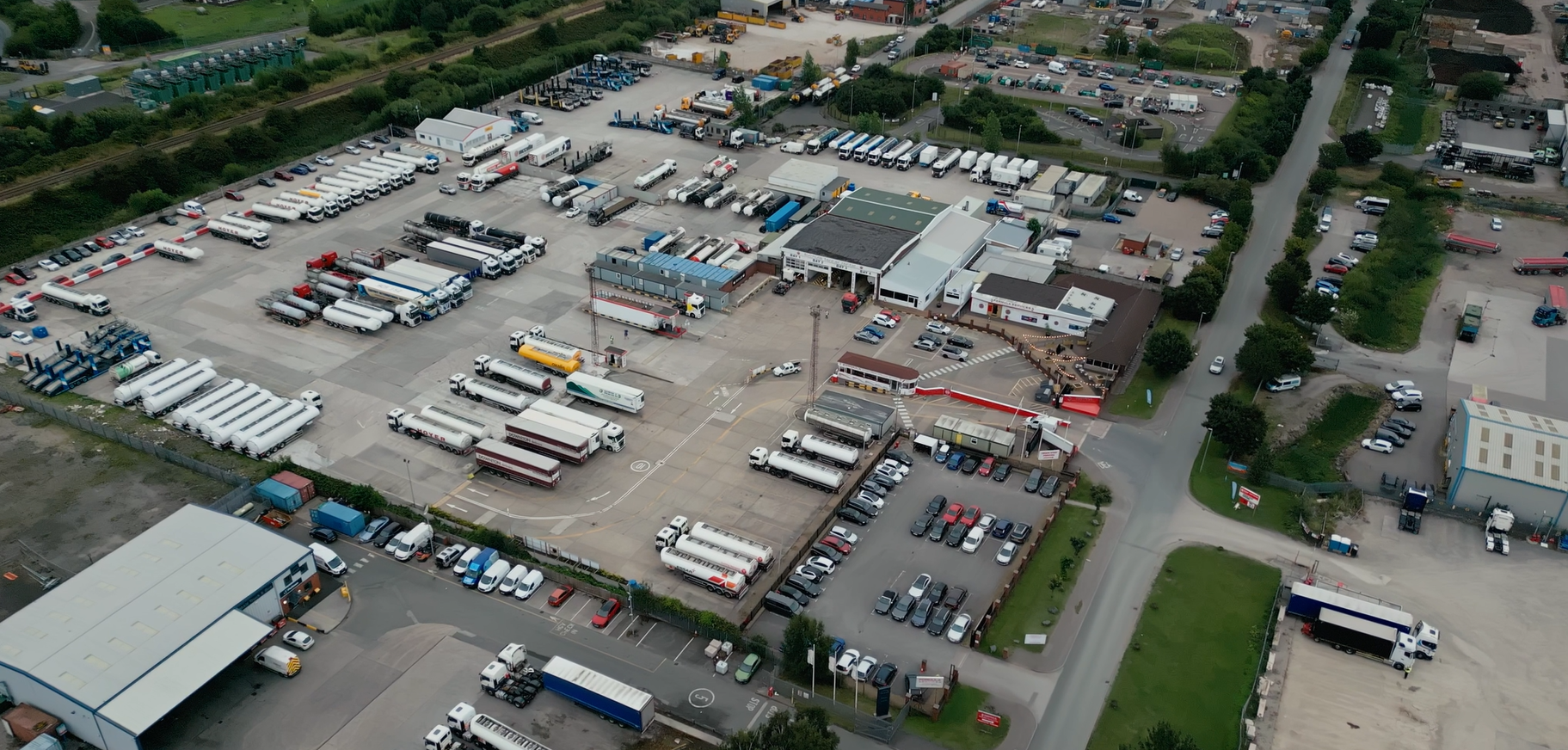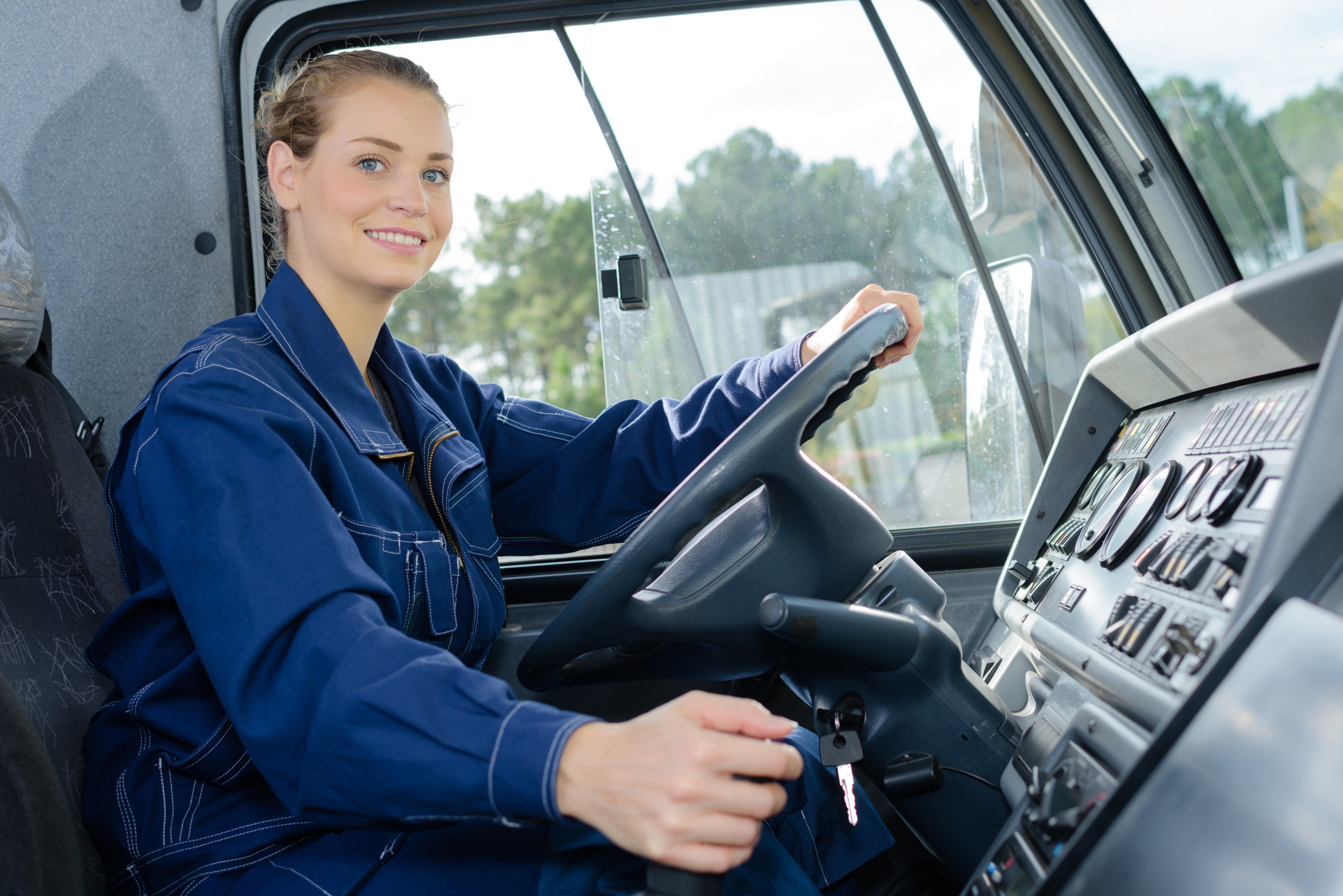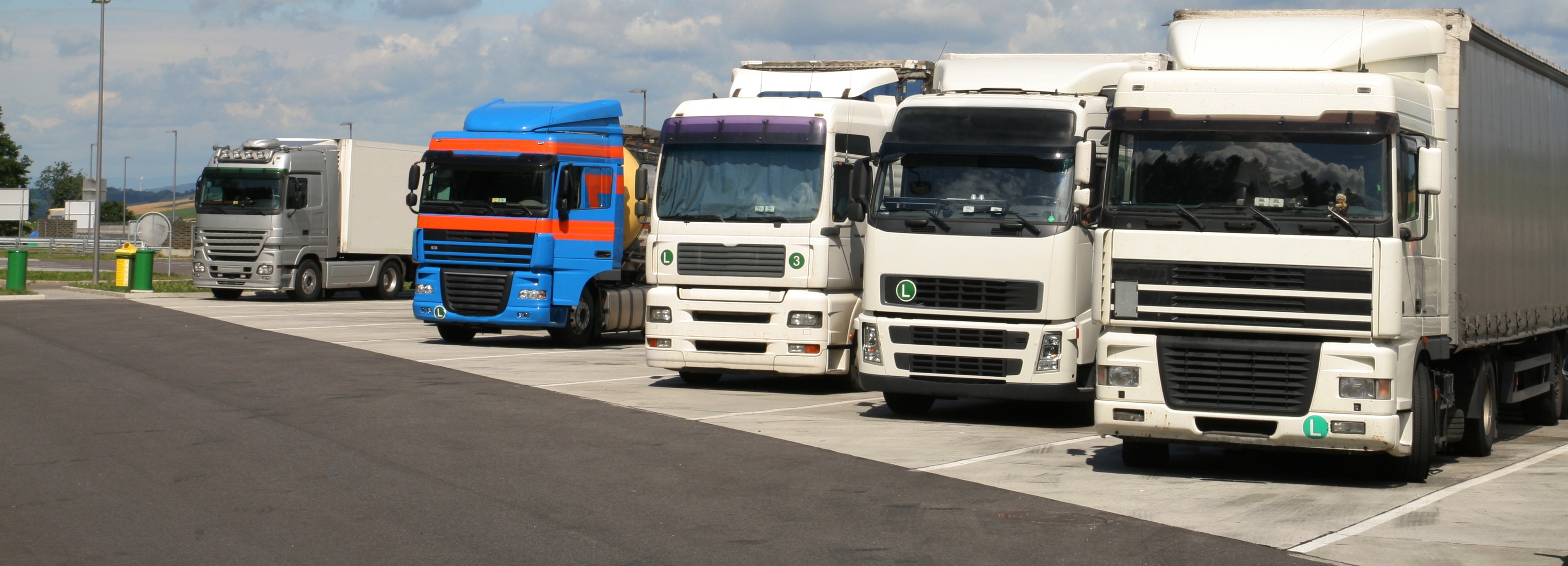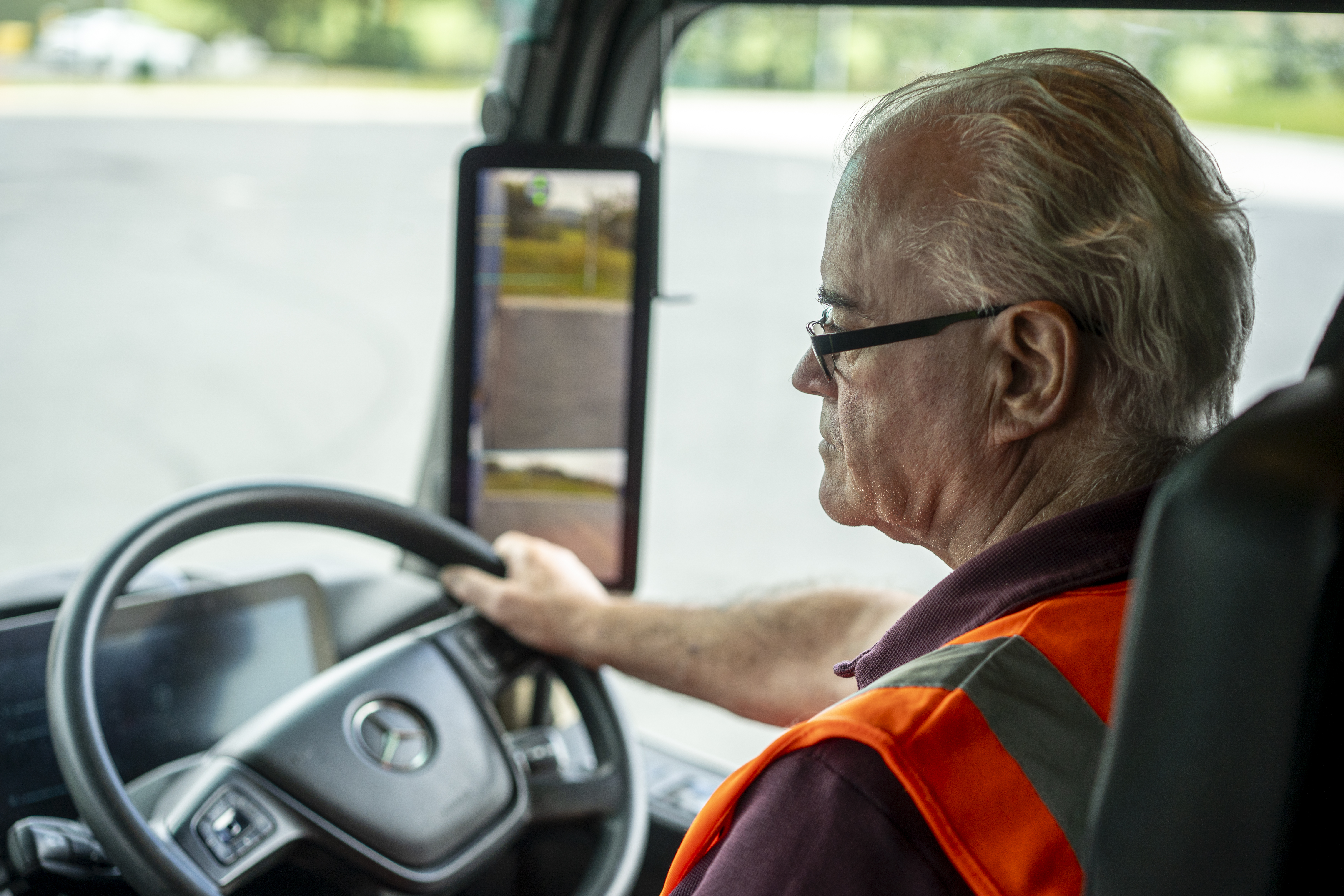
Miranda Blake
Calea de urmat pentru 2025: Tendințe așteptate în industria camioanelor
Creat: 02.01.2025
•
Actualizat: 02.01.2025
De la nemulțumirea generală a șoferilor la recentele modificări ale CPC pentru șoferi și până la întârzierile la [sistemul UE de intrare/ieșire] (https://snapacc.com/newsroom/everything-you-need-to-know-about-the-eu-entryexit-system/), anul 2024 a fost un adevărat vârtej pentru industria logistică. Și există multe la orizont pentru 2025 - aici explorăm tendințele care se așteaptă să modeleze sectorul.
Adoptarea tuturor avantajelor AI
Se anticipează că automatizarea va juca un rol-cheie în anul următor. Vor exista evoluții în domeniul tehnologiei vehiculelor autonome, al sistemelor de gestionare a transportului și al dispozitivelor de înregistrare electronică a vehiculelor - ceea ce va duce la o adoptare mai frecventă și la schimbări considerabile în cadrul industriei.
În plus, se preconizează o creștere a utilizării IA pentru optimizarea rutelor, întreținerea predictivă și gestionarea flotei. Acest lucru va declanșa rezultate mai bune, cum ar fi îmbunătățirea eficienței operaționale și reducerea costurilor. Internetul obiectelor (IoT) și învățarea automată vor fi deosebit de valoroase, fiind utilizate pentru a prevedea disfuncționalitățile echipamentelor, ceea ce va reduce timpii morți.
Într-o notă similară, telematica va împărtăși date valoroase în timp real legate de performanța vehiculului, comportamentul șoferului și starea încărcăturii - ceea ce va duce la o mai bună siguranță și conformitate.
Abordarea diferenței de gen și a deficitului de șoferi
Atragerea mai multor femei șoferi de camion este o modalitate de a face față [lipsei de șoferi] (https://snapacc.com/newsroom/hgv-drivers-challenge-the-term-driver-shortage/). Angajatorii ar putea oferi o gamă mai largă de roluri, ar putea introduce programe și politici de formare în beneficiul femeilor și ar putea face mediul de lucru mai incluziv. În acest din urmă caz, printre idei se numără mentoratul sau modelele de lucru care se potrivesc mai bine vieții șoferilor de camion (cum ar fi turele de zi și acoperirea rutelor circulare pentru a-i sprijini pe cei care au obligații familiale).
Cu toate acestea, discuțiile de pe [pagina de Facebook SNAP] (https://www.facebook.com/snapaccount) au arătat că atât bărbații, cât și femeile șoferi au nevoie de schimbare. În timp ce unii au subliniat că anumite lucruri ar putea fi mai bune pentru femei (de exemplu, cineva a remarcat că 90% din depozite nu au coșuri sanitare), au existat multe comentarii cu privire la pachetul general pentru angajați și la facilitățile din stațiile de camioane:
"Bărbații au nevoie de mai mult sprijin pentru îngrijirea copiilor. Dacă ar face acest lucru, atunci femeile nu ar mai fi obligate să fie "golite" de forță de muncă atunci când copiii lor se îmbolnăvesc sau au priorități. Facilitățile sunt șocante pentru ambele sexe."
"Îmbunătățiți condițiile și facilitățile pentru TOȚI șoferii și veți vedea mai mulți oameni venind în industrie, atât bărbați, cât și femei."
Prin urmare, companiile ar trebui să analizeze cum să atragă și să-și păstreze întreaga forță de muncă. Acestea pot oferi compensații, condiții de muncă și oportunități de dezvoltare mai bune. De asemenea, pot implementa cursuri de formare pentru a se asigura că oamenii au toate capacitățile necesare - pentru prezent și viitor.

Promovarea unei industrii mai ecologice
Un alt obiectiv central va fi durabilitatea - în special din cauza legilor de mediu din ce în ce mai stricte, a evoluției către zero net și a prețurilor din ce în ce mai mari la combustibil.
Vehiculele cu combustibil alternativ nu au îndeplinit așteptările în 2024, astfel încât se anticipează că, în timp ce inovarea în acest domeniu va continua să aibă loc, va exista o reorientare către concentrarea asupra modului în care flotele pot spori eficiența operațională (de exemplu, prin utilizarea tehnologiei, a datelor și a IA pentru a reduce timpul pierdut). De asemenea, companiile vor căuta să construiască lanțuri de aprovizionare mai ecologice prin colaborarea cu furnizori și transportatori mai prietenoși cu mediul.
În mod similar, trecerea la camioanele electrice este în creștere - în acest an, vor exista mai multe puncte de încărcare EV în parcările de camioane. Cu toate acestea, companiile de flote se confruntă cu obstacole precum costuri inițiale substanțiale și o cantitate insuficientă de infrastructură de încărcare.
Creșterea transportului de marfă pe distanțe lungi
În cele din urmă, se preconizează o creștere a transportului aerian și maritim de mărfuri, ceea ce va avea un efect în lanț asupra industriei transporturilor rutiere. Acest lucru este accentuat de faptul că lanțurile globale de aprovizionare devin din ce în ce mai interconectate.
Ca urmare, se va înregistra o creștere a transportului de marfă pe distanțe lungi - ceea ce face și mai important ca șoferii să beneficieze de pauze adecvate în stații de camioane sigure. Și aici este unde SNAP poate ajuta.
Aplicația noastră intruck are peste 800 de site-uri disponibile în întreaga Europă, inclusiv în Austria, Bulgaria, Cehia, Grecia, Ungaria, Italia și România. Noi contribuim la simplificarea gestionării flotelor și ne asigurăm că atât operatorii, cât și drumarii pot respecta Directiva privind timpul de lucru al șoferilor în 2025 și după aceea.
Pentru a afla mai multe, luați legătura cu echipa noastră la +44 (0)1603 777242.



